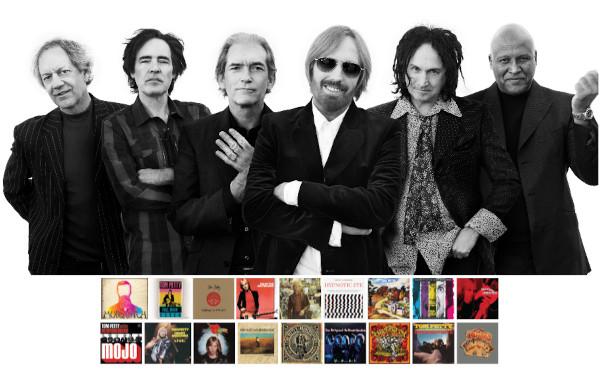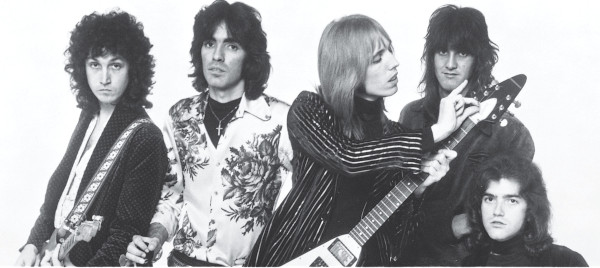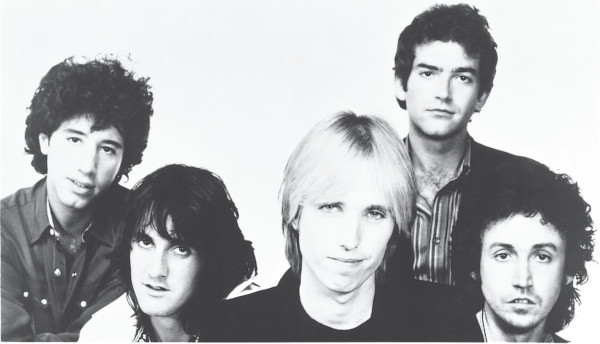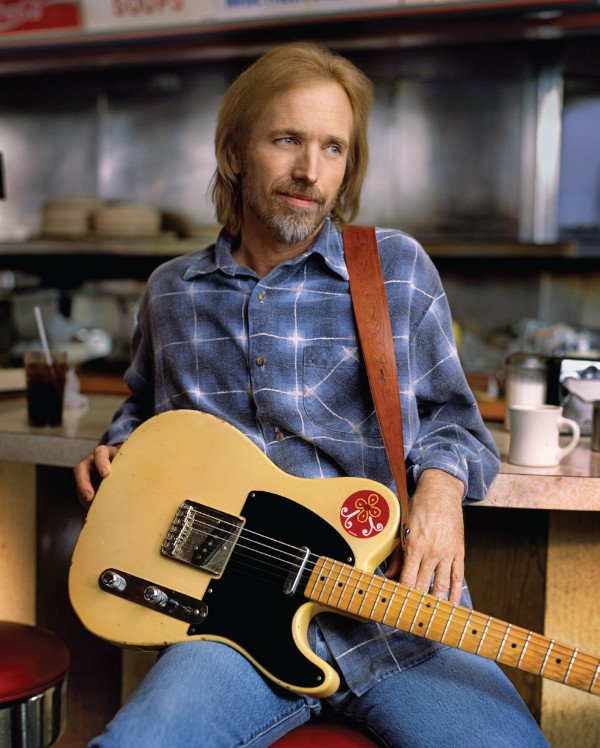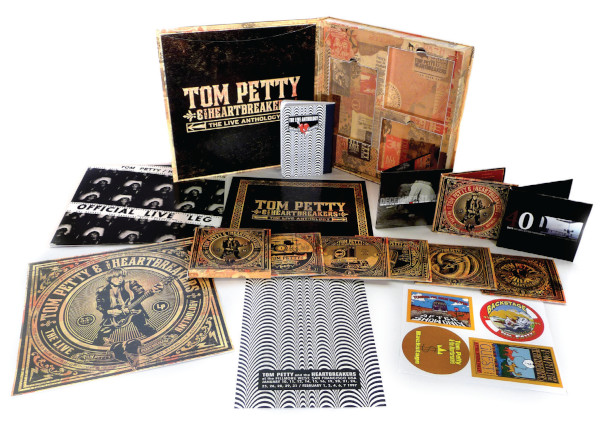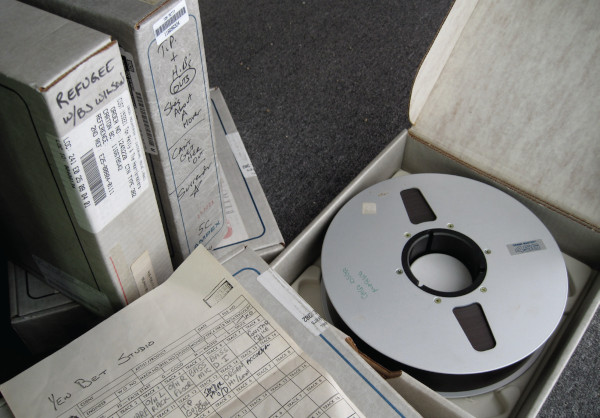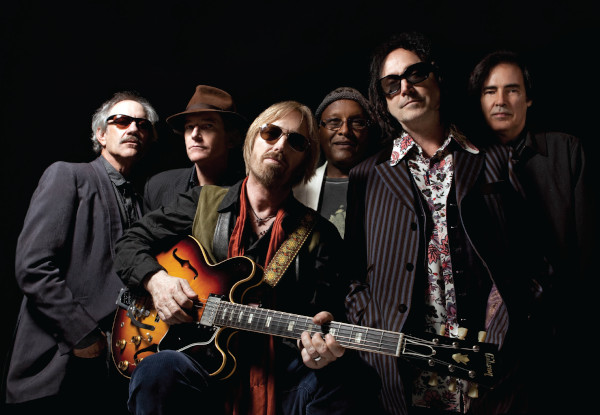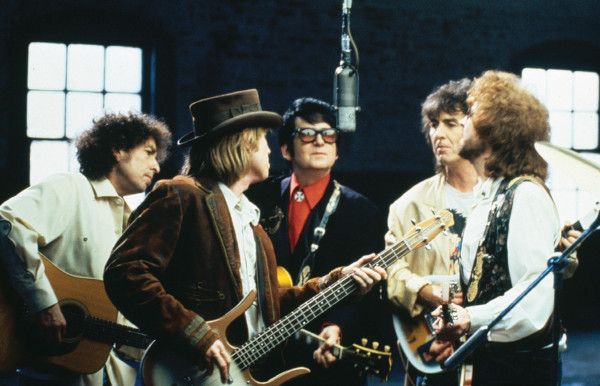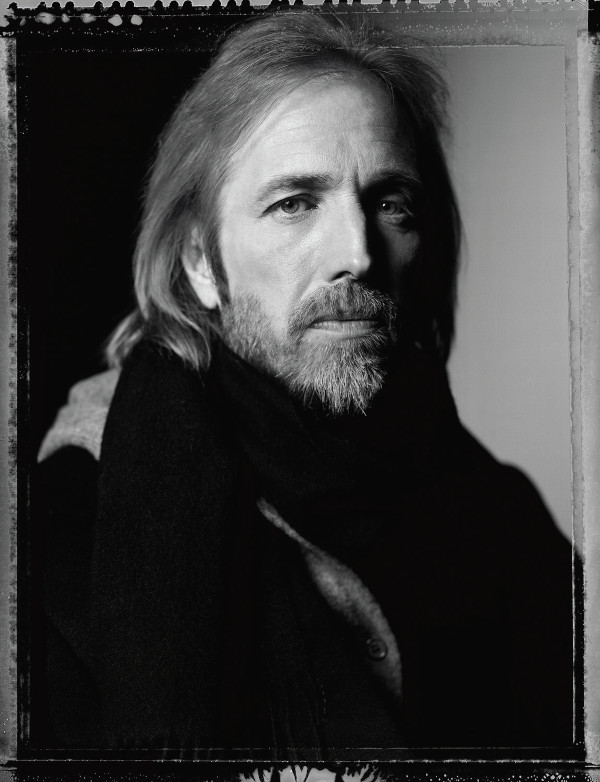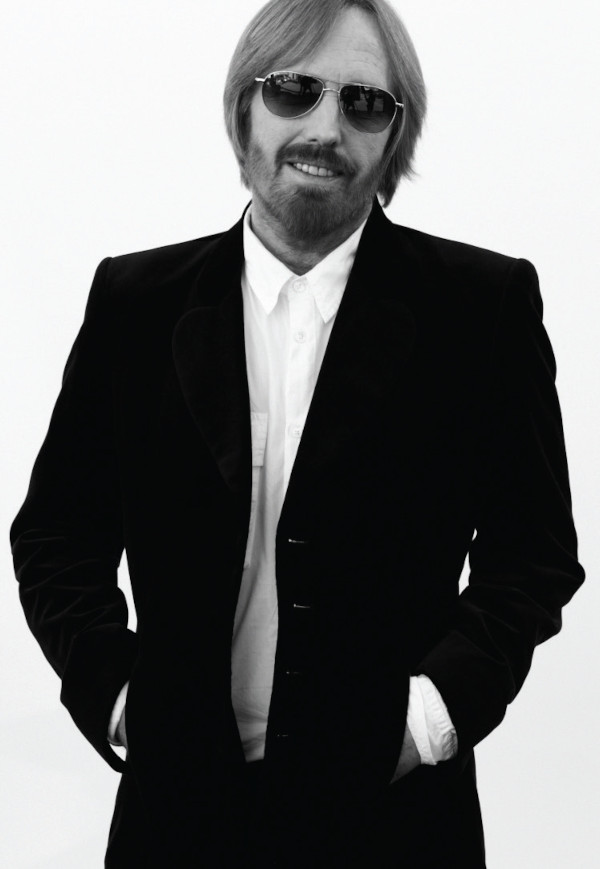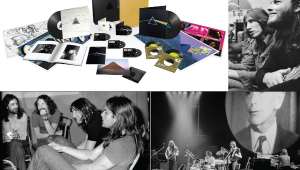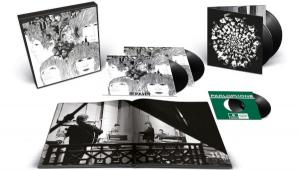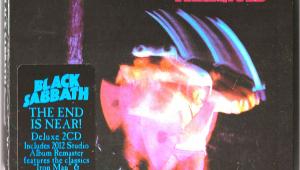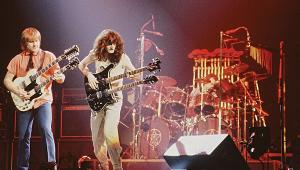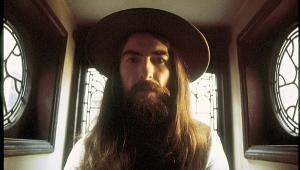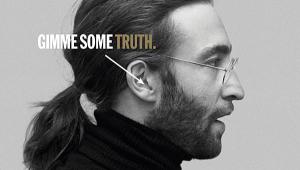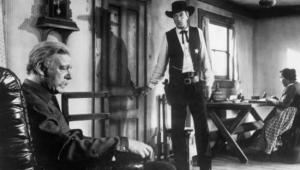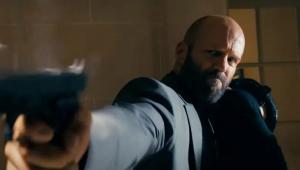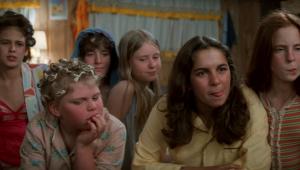Charles Leclerc is a handsome and talented Monegasque racing driver, driver of the Scuderia Ferrari team. He began his career in karting, where he quickly achieved success. His talent was noticed by representatives of Ferrari, and already in 2016 he made his debut in Formula 2, and in 2019 - in Formula 1.
Charles Leclerc is known for his speed, skill and determination on the track. He always gives his best and strives for victory. Thanks to this, he gained the respect of fans and colleagues around the world.
With Ferrari, Charles Leclerc became vice-champion of Formula 1 in 2022. In addition, he is distinguished by his ability to make the right decisions in difficult situations and find a way out of any difficulties. This makes him one of the most promising young racers in the world. https://charles-leclerc-fr.com/
